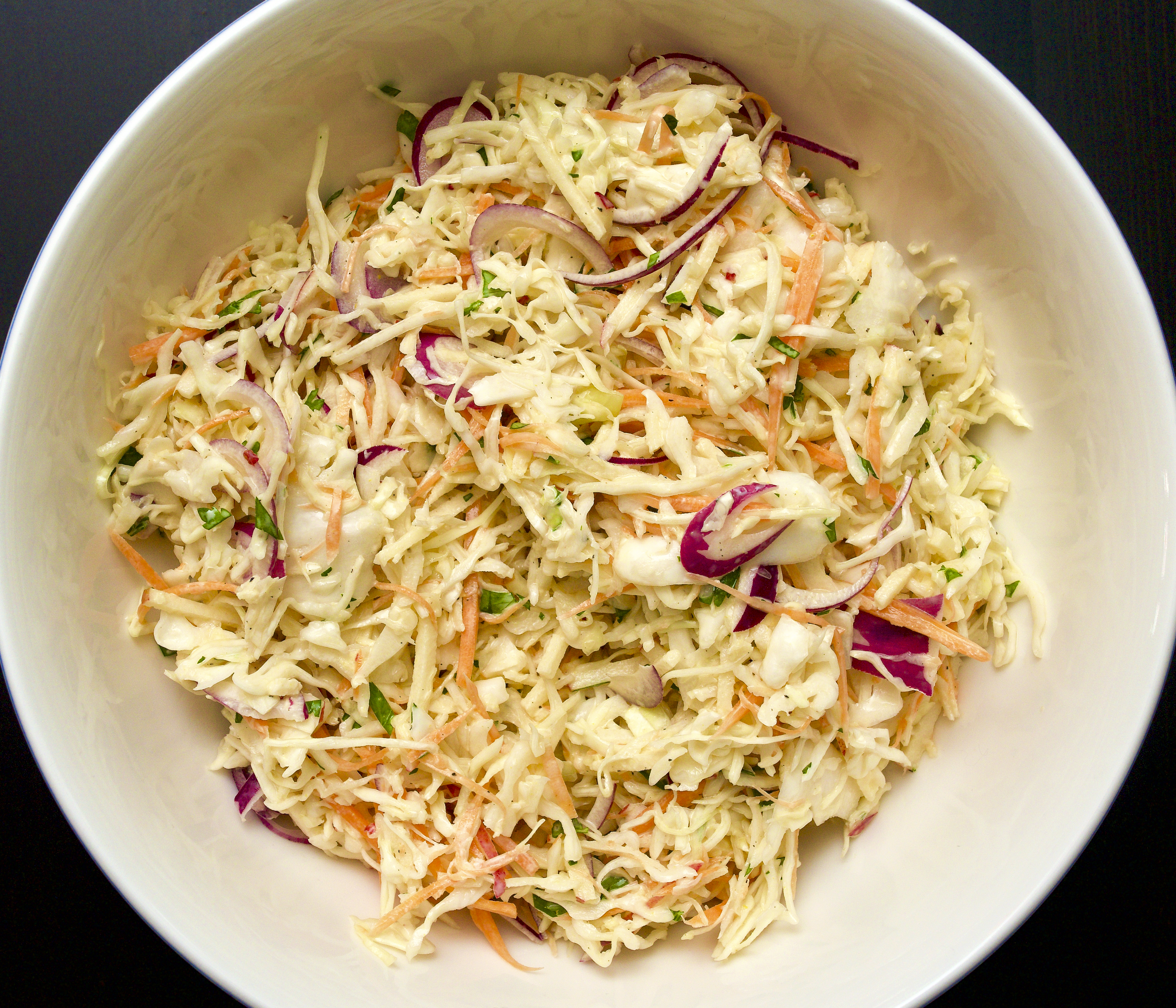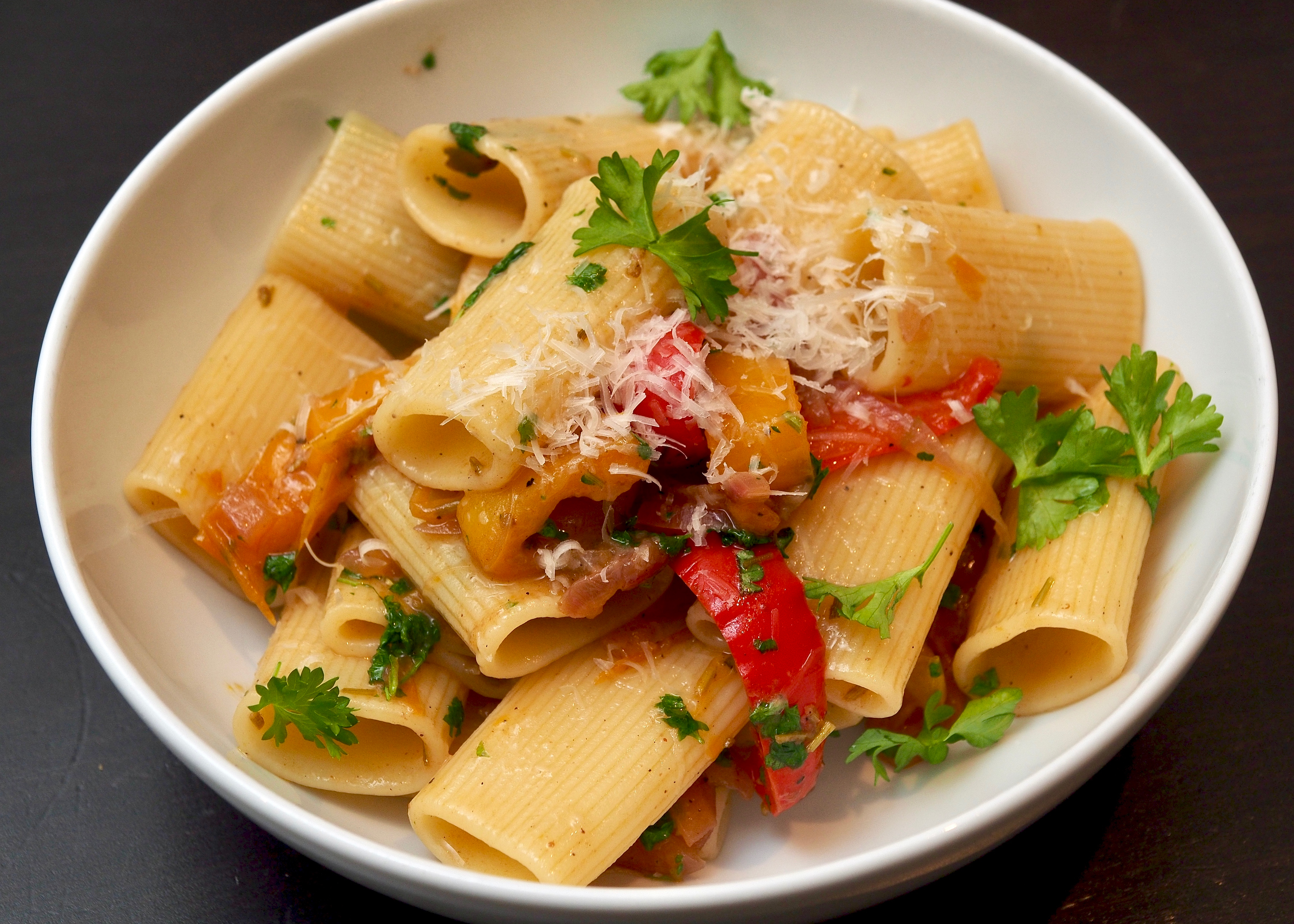
This was made at the end of a weekend where all the previous recipes we’d tried hadn’t quite come together, or worked as we’d hoped, so our expectations were low. What a relief: we were blown away with the flavour, and our enthusiasm returned with a vengeance! The recipe is by Jamie Oliver but inspired by the Japanese restaurant Nobu in London who are known for their black cod miso and for good reason. The recipe is simple but you need to start 24 hours in advance.
Wine Suggestion: This is a dish jam packed full of savoury umami flavours and needs a similarly umami loaded wine to match. We started with a small glass of Hidalgo La Gitana’s Pasada Pastrana, a single vineyard aged manzanilla which was excellent. Then we segued into savoury Grenache territory with Roc des Ange’s Segna da Cor from the wilds of Roussillon; vibrantly textured and almost sucking the stones it was grown on. What a way to end the weekend.
Black Cod Miso- serves 4
- 4 bulbs of pak choi, quartered
- 1 cucumber, peeled halved and deseeded, then sliced into long 1cm thick strips
- juice of 1 lime
- soy sauce
- cooked sticky rice (to serve)
FOR THE MARINADE:
- 2 stems of lemongrass
- 1 red chilli, deseeded and chopped
- 2.5cm piece of fresh ginger, peeled and chopped
- 200ml of sake or white wine
- 2 tbsp runny honey
- 300g miso paste
- 4 x 200g cod steaks, skin-on and pin-boned
Start the marinade the day before. Remove the outer layer from the lemongrass stems and discard. Bash the lemongrass with the back of a knife, then finely chop. Put the lemongrass into a pestle and mortar with the chilli, ginger and a pinch of salt, then bash to a paste.
Put the paste into a saucepan with the sake and honey, then bring to the boil. While the mixture is warming, gradually add the miso paste, a little at a time, stirring constantly. Simmer until the mixture is lightly golden, then remove from the heat and pour onto a flat tray so it cools quickly.
When the marinade is cool, put the fish into a container and pour over three-quarters of the marinade. Move the fish fillets around to ensure they are completely coated, then cover and put into the fridge. Put the rest of the marinade into a container and keep in the fridge until needed.
When ready to cook, preheat the grill until very hot. Put the pieces of fish onto an oiled baking tray, skin-side up and cook until slightly caramelized and golden. This will take 6-8 minutes depending on how thick your pieces of fish are.
Meanwhile, lay the pak choi into a steamer over a pan of boiling water. Add the strips of cucumber and steam until the pak choi is tender.
Stir the lime juice into the container of leftover marinade to loosen it slightly. Serve the fish with the greens and drizzle over a little soy sauce. Serve with cooked rice and the miso dressing on the side.
(Original recipe from Cook with Jamie by Jamie Oliver, Penguin Books, 2006.)



















